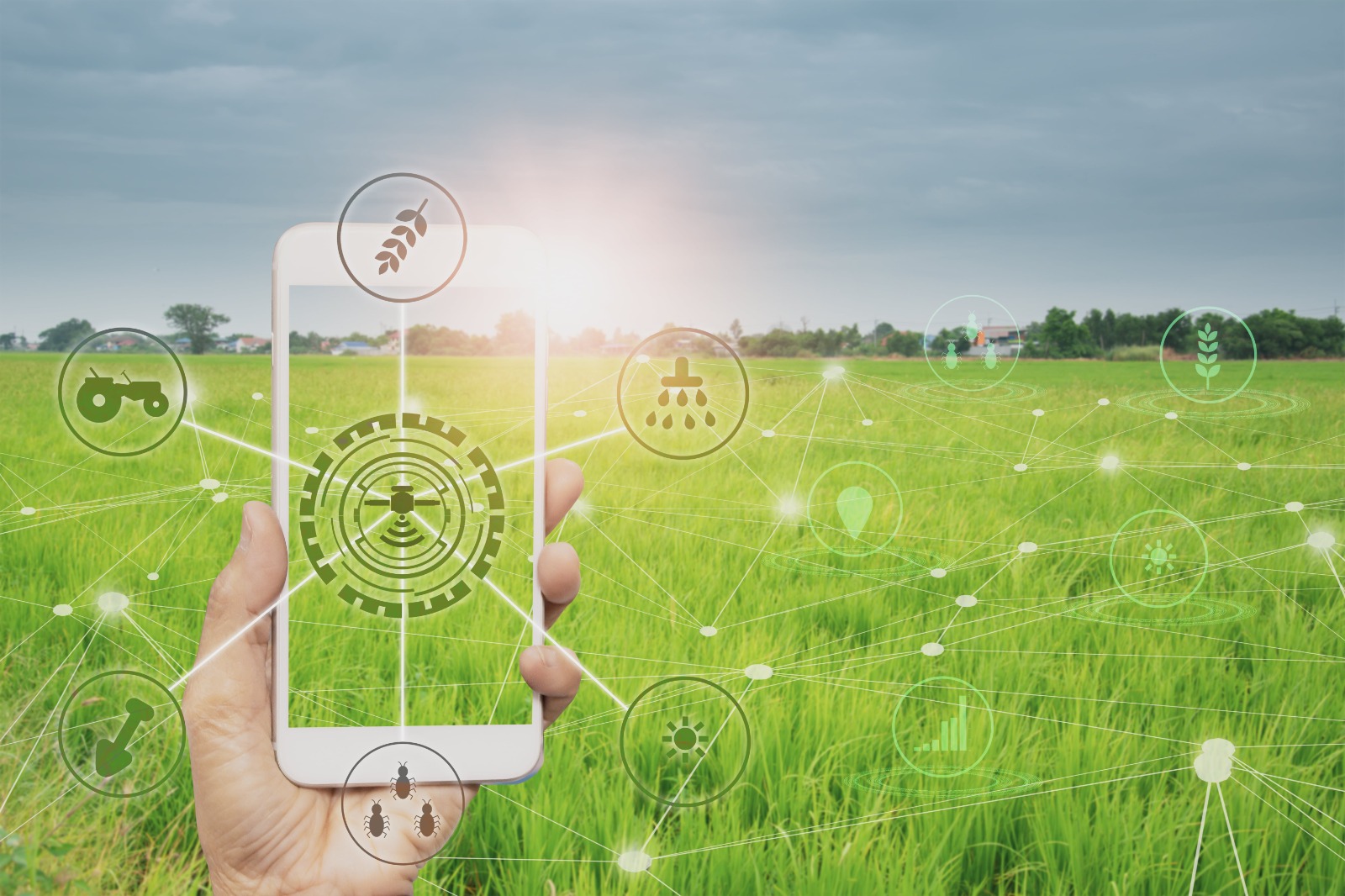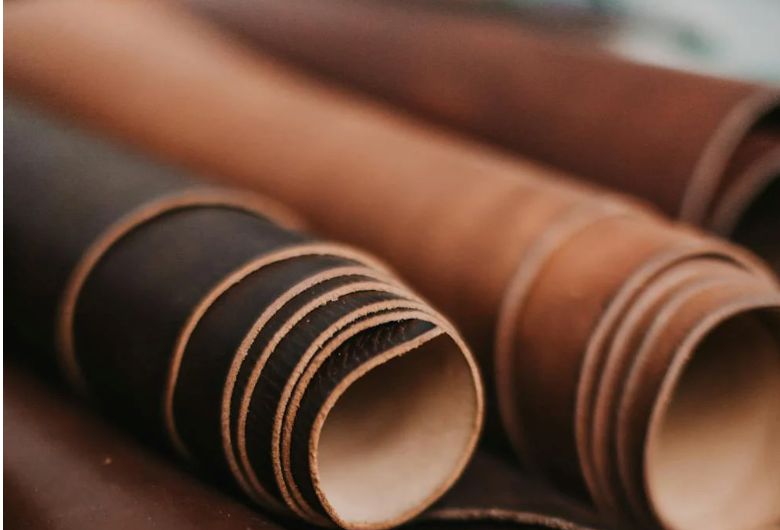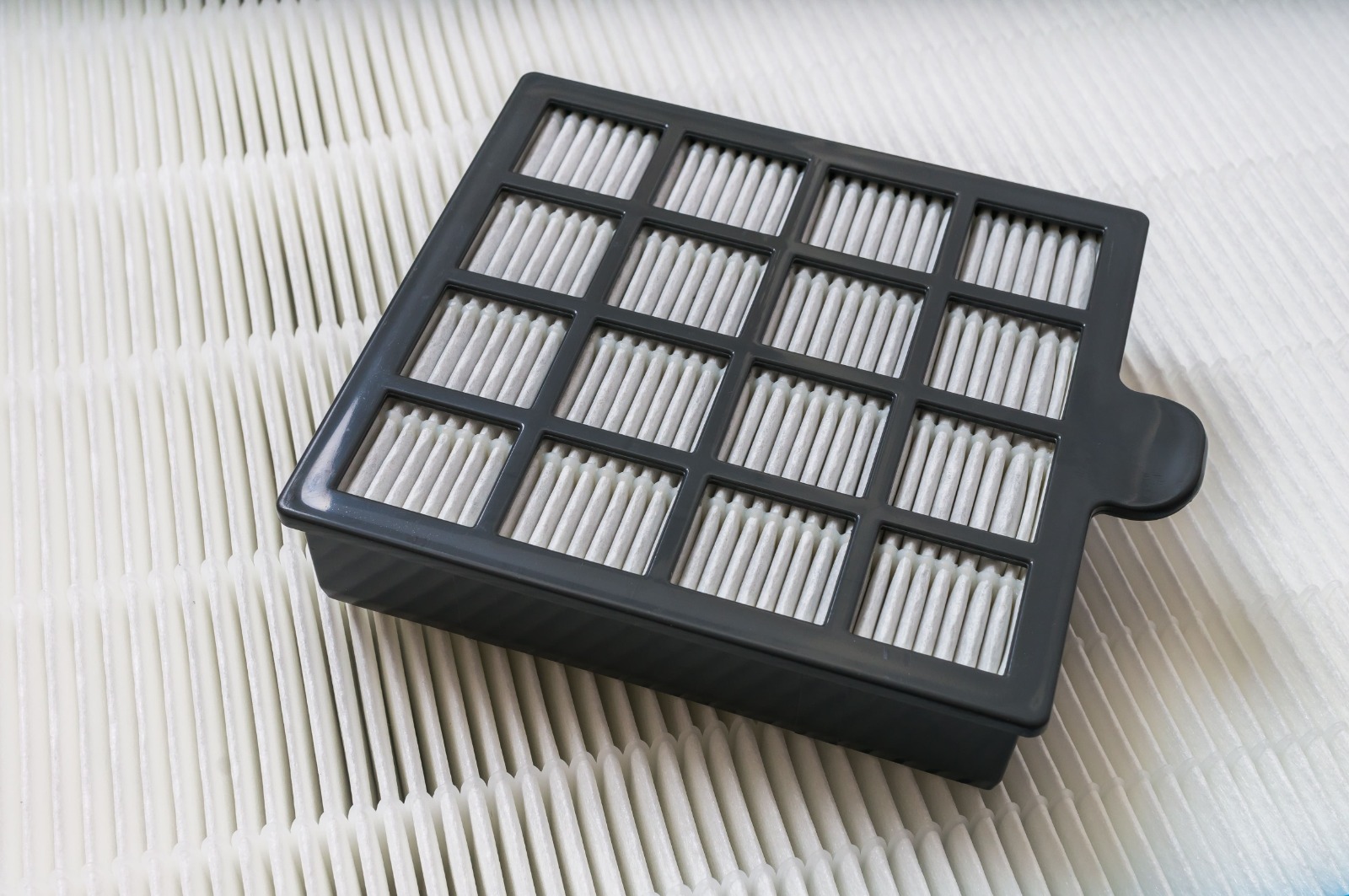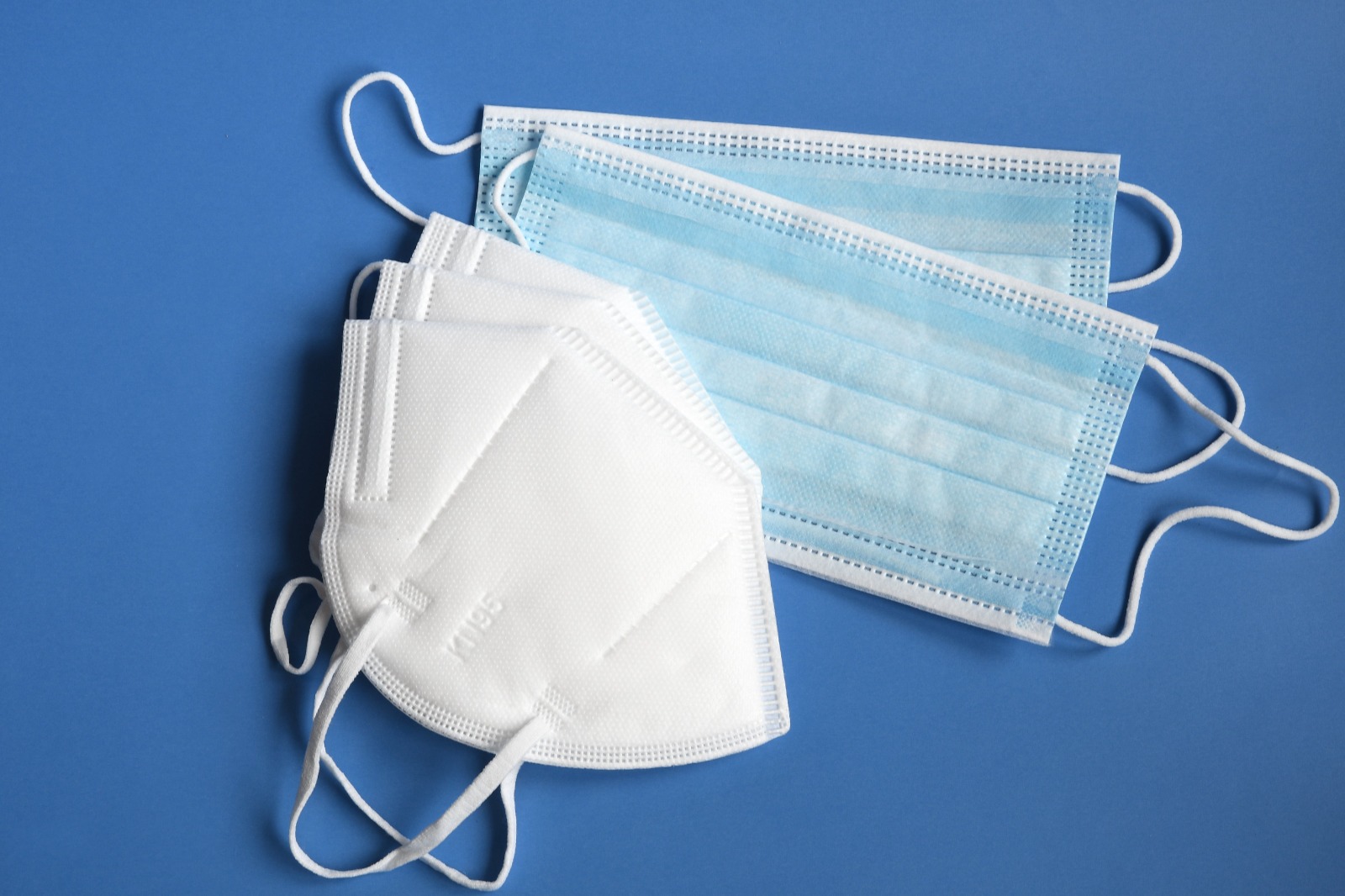
If you have ever asked yourself why some materials are all about robustness while others are cutting the mustard very fast and easy then you've come to the right place.
Explore Recent Blogs

Is Leather a Non-Woven Fabric? Let’s Unravel the Truth!
Leather embodies luxury, durability, and style. However, in a society increasingly focused on novel
Read More

Can You Heat Press Non-Woven Fabric? A Complete Guide
The textile industry has embraced heat pressing. Adding colourful graphics to cloth banners or perso
Read More

Can Non-Woven Fabric Be Washed? Let’s Unravel the Truth
Non-woven fabrics are used in a variety of applications, including medical masks, reusable shopping
Read More

Non Woven Fabrics Vs Woven Fabrics: Choose the Right Fabric
If you have ever asked yourself why some materials are all about robustness while others are cutting
Read More

Weave Your Success with Our Revolutionary Fabrics
Power your business with Elixrr's cutting-edge nonwoven fabric solutions. Eco-friendly, customizable, and engineered for excellence—because innovation starts with the right foundation.




If you have ever asked yourself why some materials are all about robustness while others are cutting the mustard very fast and easy then you've come to the right place.
In India, the argument about woven vs non woven fabrics is not just a common worldwide one. Understanding the difference can save you time, money, and effort while choosing fabric for your terrace garden or shopping bag, or your saree.
Let's head into the woven and nonwoven world, sprinkle into some talk on sustainability, and figure out why non woven fabrics from pioneers in the field such as Elixrr Nonwovens are changing the game.
What is Woven Fabric? The Old Classic
Of course, it is that weave which drapes almost all Indian homes-from soothing dhotis of white cotton of Kerala to exquisite banarasi sarees in red silk of Uttar Pradesh. Woven fabrics are a structured and strong material manufactured with interlacing of different threads on a loom.
Key Features
Where Else Do We Use Woven Textiles?
Woven fabrics are as reliable and timeless as a hot plate of aloo parathas, and in fact universally loved.
What is Non-Woven Fabric? The Modern Disruptor
Non woven fabrics are the modern cool, tech-savvy newcomers. They skip altogether the process of weaving the fibers but instead bond through thermal, chemical, and mechanical means. It's like fast food—quick and efficient, yet gets the work done.
Key Characteristics
Common Uses
In short, non-woven fabrics are like dosa batter—ready to serve multiple purposes with minimal effort.
Non-Woven vs Woven Landscape Fabric: Gardening with Ease
If you’ve tried your hand at gardening or farming, you’ve probably encountered woven fabrics vs non woven fabrics in landscape fabric. These fabrics are used to suppress weeds, conserve moisture, and stabilize soil. Here’s how they stack up:
Woven Landscape Fabric
Non-Woven Landscape Fabric
Melt-Blown Fabric vs Non-Woven Fabrics: A Tale of Filtration
Okay, this gets a bit technical. Melt-blown fabric is technically a non-woven fabric but with specific qualities that make it stand out in filtration applications.
Melt-Blown Fabric
Non-Woven Fabrics
To conclude, when comparing melt-blown fabric versus non-woven fabric, the former is best used for masks and filters. The latter is ideal for hygiene and industrial applications.
Non-Woven Fabrics vs Polyester: A Quick Match-Up
Polyester is a woven synthetic fabric that's tough and affordable. How does it compare to non-woven fabrics?
Polyester
Non-Woven Fabrics
If you’re looking for a reusable, heavy-duty material, polyester works. For single-use or sustainable options, non-woven fabric is the clear choice.
Why Elixrr Nonwovens Stands at the Top Among all Non-Woven Innovation
When it comes to non-woven innovation, Elixrr is a name that stands out. Here’s why they’re leading the charge:
Advanced Technology: The state-of-the-art spunbond and melt-blown processes create high-performance fabrics through Elixrr Nonwovens.
Sustainability First: Solar-powered manufacturing plants and biodegradable products ensure that Elixrr sets a path for a greener future.
Diverse Applications: From medical PPE kits to geotextiles, Elixrr's non-woven fabrics cater to a wide range of industries.
Whether you are looking for non-woven landscape fabric or biodegradable hygiene products, Elixrr has got you covered.
Environmental Impact: Woven vs Non-Woven
Climate change is on everyone's mind, and sustainable fabrics have become more important than ever.
Woven Fabrics: These are made from natural fibers such as cotton and jute. Although they are biodegradable, they take a lot of water and energy to produce.
Non-Woven Fabrics: Mostly made from synthetic fibers such as polypropylene. These are recyclable but not biodegradable. But innovations in biodegradable non-wovens are reducing the environmental footprint.
Companies such as Elixrr Nonwovens support green initiatives as they provide non woven fabric raw materials in line with current sustainability objectives.
The Future of Woven Fabrics and Non-Woven Fabrics
The future belongs to non-wovens as far as advancements in biodegradability, filtration efficiency, and automation are concerned. Yet, woven fabrics with their classic durability and style will forever occupy our wardrobes and homes.
Innovations in companies like Elixrr Nonwovens are making the fabric industry not only more sustainable but also more accessible and diverse. From farmers to designers to the person seeking a good mask, everyone will find something related to the future of fabrics.
Conclusion: Woven or Non-Woven? Let Elixrr Help You Decide
The next time you are torn between choosing the woven fabrics vs non-woven fabrics, just let your needs dictate your preferences. Do you need some elegance and durability of woven textures or the versatility and affordability of non-wovens?
With a brand like Elixrr Nonwovens leading the way, non-wovens are becoming the fabric of choice for industries ranging from agriculture to medical. So whether you’re picking up a geotextile or an eco-friendly bag, rest assured you’re part of a sustainable revolution.
Frequently Asked Questions
1. What distinguishes woven textiles from non-woven ones?
Their manufacturing procedure is the primary distinction. Threads are interlaced on a loom to create woven textiles, which are sturdy and structured. Contrarily, non-woven textiles are made without weaving by joining fibres together with heat, chemicals, or mechanical techniques. Consider non-wovens as wonders of 3D printing, and woven textiles as handcrafted ceramics.
2. Which is better for landscaping: woven or non-woven landscape fabric?
It depends on your garden goals. Choose woven landscape fabric if you need durability and moderate water permeability. Perfect for suppressing weeds in a vegetable patch. Opt for non-woven landscape fabric for areas where soil erosion control or moisture retention is key, such as flower beds or slopes.
3. What is melt-blown fabric, and how is it different from other non-woven fabrics?
Melt-blown fabric is a superstar in the non-woven family. It’s made by extruding melted polymers into ultra-fine fibers, resulting in a dense, filtration-friendly material. While general non-wovens are versatile, melt-blown fabrics are the MVPs for applications like N95 masks and air filters, thanks to their particle-trapping prowess.
4. Can non-woven fabrics replace woven ones completely?
Not entirely! While non-woven fabrics excel in single-use, disposable, and lightweight applications, woven fabrics remain indispensable for durability, aesthetics, and heavy-duty tasks. For example, your trusty denim jeans and luxurious curtains are woven treasures that non-wovens can’t quite replicate.
5. Are non-woven fabrics eco-friendly?
They can be! Brands like Elixrr Nonwovens are leading the charge in producing biodegradable non-woven fabrics, reducing the environmental impact. However, some non-wovens, especially those made from synthetic materials like polypropylene, require proper recycling to be sustainable.
6. Which is more cost-effective: woven fabrics or non-woven fabrics?
Non-woven fabrics usually win the cost-effectiveness game. They’re faster and cheaper to produce, especially for single-use items like surgical masks and hygiene products. Woven fabrics, though pricier, offer better longevity and are worth the investment for reusable applications.